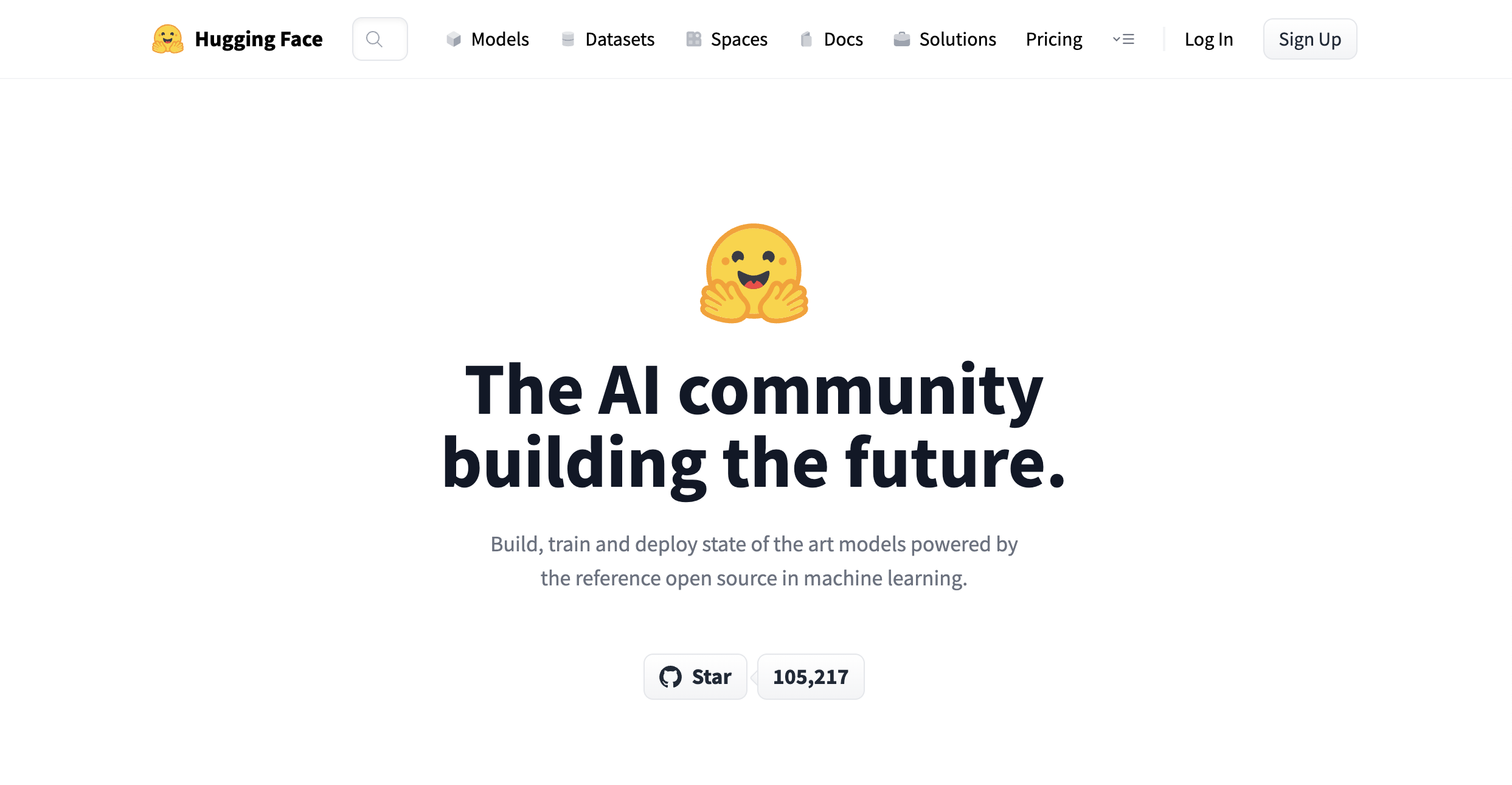
I have written previously about the important role that tinkering plays in fostering a robust developer experience. Software engineers not only want to kick the tires before purchasing a product, they also enjoy the process of learning by doing. In recent months we have seen the tinkering spirit that kindles a fire in the imaginations of developers roar into a flame in response to free, open source, and/or inexpensive AI/ML tools.
Tinkering’s importance was certainly top of mind for the author of Google’s electrifying “We Have No Moat, And Neither Does OpenAI” memo:
Most importantly, [OpenAI has] solved the scaling problem to the extent that anyone can tinker. Many of the new ideas are from ordinary people. The barrier to entry for training and experimentation has dropped from the total output of a major research organization to one person, an evening, and a beefy laptop
LLMs, ChatGPT and other AI/ML tooling has enabled curious developers to build AI projects, and the threat to enterprise companies hoping to cash in on the hype is significant. While hyperscalers are betting that infrastructure offers the surest bet for making money from AI, they express some unease about the democratic spirit pervading the space. The IBM/Hugging Face partnership announcement suggests the draw of training proprietary models for large companies:
Under the hood, watsonx.ai also integrates many Hugging Face open-source libraries, such as transformers (100k+ GitHub stars!), accelerate, peft and our Text Generation Inference server, to name a few … In addition, IBM has also developed its own collection of Large Language Models, and we will work with their team to open-source them and make them easily available in the Hugging Face Hub.
While IBM is beating the open source drum as part of their bid to remain relevant through watsonx, it is significant that before handing over their own LLMs to the masses they need to partner with the upstarts over at Hugging Face.
The Hugging Face community has become a hive of excitement and innovation in the LLM space. In recent months eager and enthusiastic engineers have gathered here looking to apply their CS skills to AI. Many want to join the exciting conversations surrounding this zeitgeist (for more on The Great Flowering of AI, see my colleague James Governor’s excellent post). Others want to see if LLMs can address issues in their own lives and their places of employment. From my own conversations, chatbots seem to be the dominant project attempted by amateur AI developers. It makes sense, then, that IBM has followed AWS (SageMaker) and Microsoft (Azure Machine Learning) in forging a partnership with Hugging Face.

By open sourcing their own LLMs, IBM is rendering these models accessible for tinkering in a space where tinkerers already congregate. Cloud providers are realizing that no single model is especially precious. Value is determined democratically. A model’s usefulness is based on merit rather than the logo of its sponsoring company. Once Hugging Face’s enthusiastic community has been let loose on an LLM, if it shows promise developers will pry it open, test its limits, and iterate on it.
A number of communities have popped up to support engineers eager to dip their toes into the teeming ocean of ML knowledge. Venues like Discord, Slack, Stack Overflow, and Reddit all have active communities in place to share tips, ask questions, and circulate tools. Developers have long valued the message board model to facilitate collaborative learning, and this approach for information sharing continues. There are also a number of more top-down knowledge distribution sources devoted to the subject including newsletters, podcasts, and YouTube channels (many of them recently launched), which allow the AI-curious to follow the latest research and releases.
The AI tinkerer community is playing a significant role in moving the conversation about AI/ML forward. In fact, the importance of amateur developers to this field has resulted in some unique methods for gauging the AI tinkering community’s pulse. Daniel Whitenack, founder of Prediction Guard, said in a recent episode of Changelog’s Practical AI podcast that he has taken up reviewing the statistics for model downloads on Hugging Face to get a sense of what’s popular:
Because generally, when people find something useful, then they’ll download it, and download it over and over. So sometimes when I hear about a family of models, I’ll go there and then I’ll look at some of the statistics on Hugging Face, and try a few things … there’s tons of people doing amazing stuff out there that aren’t getting recognized at the Falcon or MPT level. But there’s a lot of people doing cool stuff, that are releasing models on Hugging Face maybe that they’ve just found interesting.
What interests me about this quote is that although Whitenack has a Ph.D. in Mathematical/ Computational Physics, he 1) recognizes that many of the folks that are creating the most exciting AI projects are tinkerers doing “cool stuff,” and 2) the best way to follow the most exciting and innovative AI trends is by following the community.
https://twitter.com/dan_abramov/status/1673394979106856960?s=20
Playfulness is the backbone of the developer community. When leading developers call for more fun in the space it suggests the tinkerer spirit is under threat. The future of AI depends on spaces like Hugging Face to foster the best parts of working with technology: messing around, breaking stuff, and enjoying the process of exploration.
Disclaimer: IBM, Microsoft, Google, and AWS are RedMonk clients.
No Comments